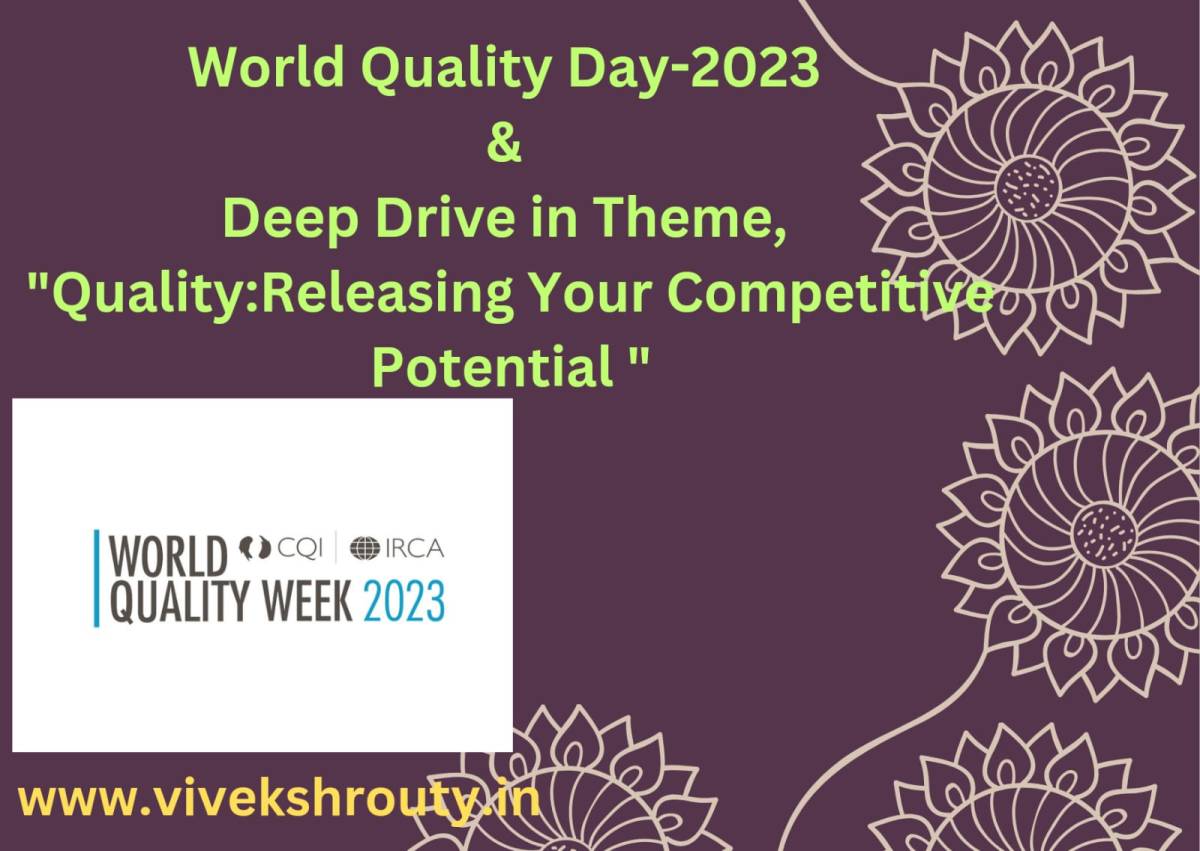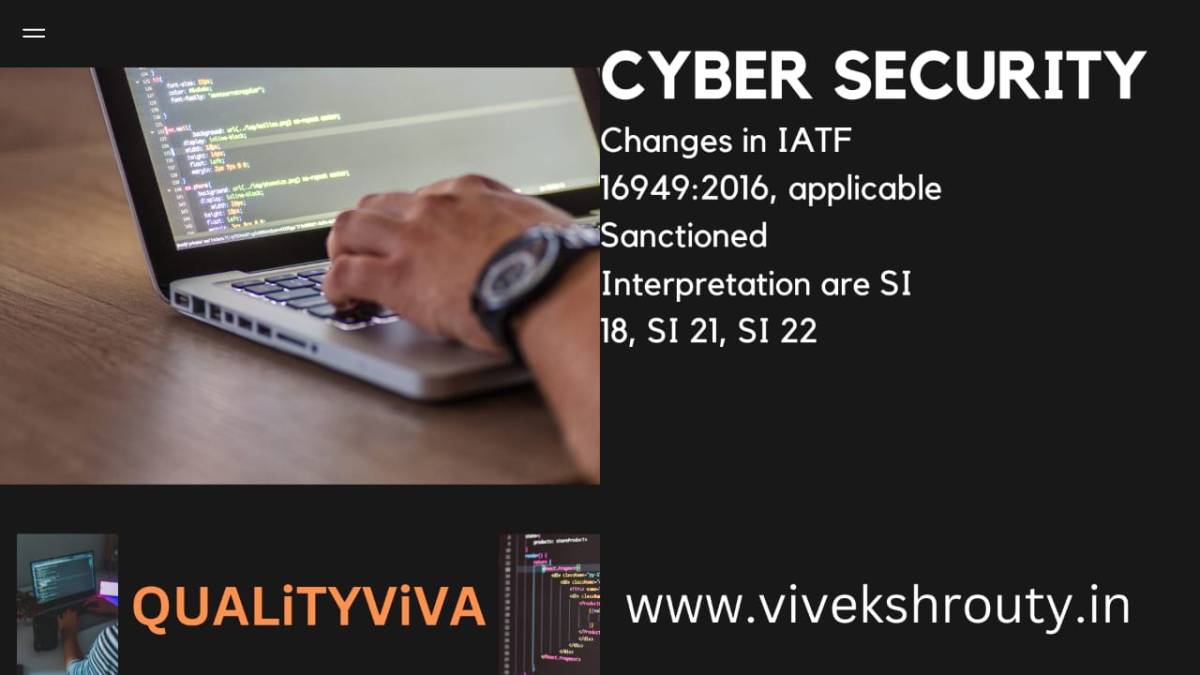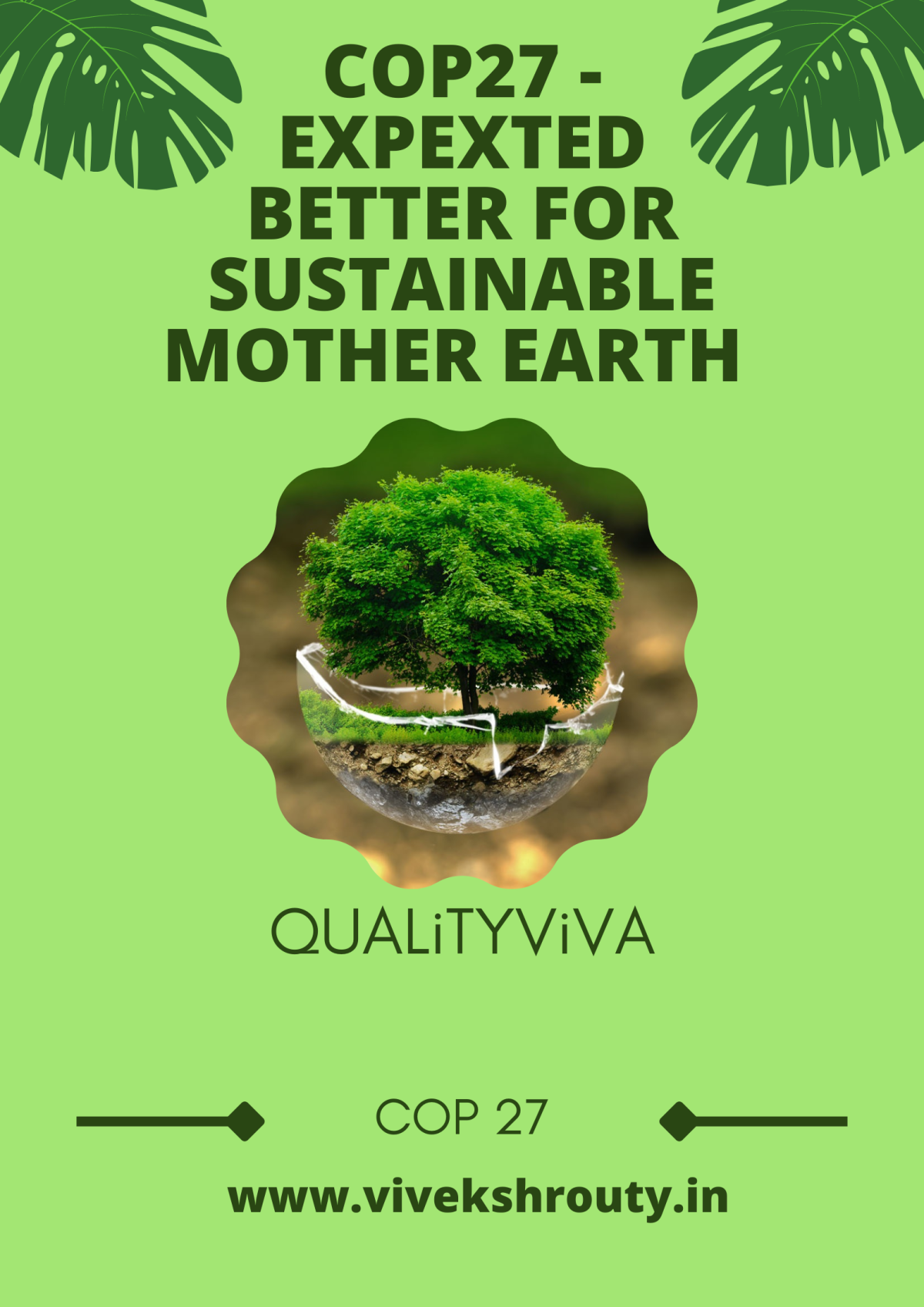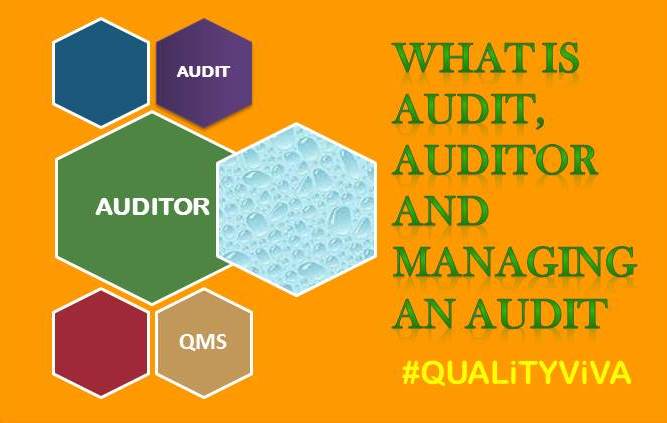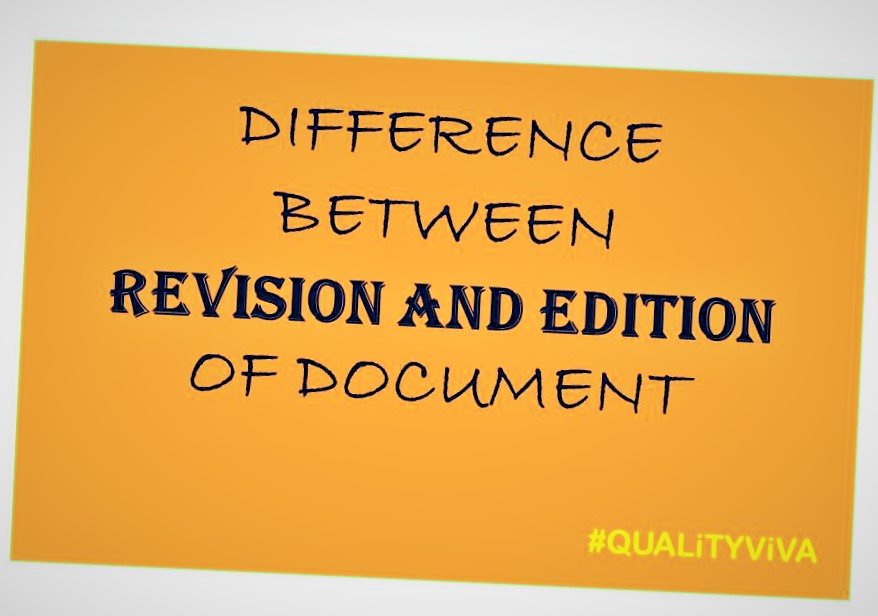World Quality Day is celebrated on November 9th each year. This day is dedicated to promoting and celebrating the importance of quality in all aspects of life, including business, industry, and everyday activities. It serves as an opportunity to raise awareness about the role of quality management in ensuring products and services meet high standards and customer expectations.
Organizations and individuals around the world use this day to highlight the significance of quality management practices, share best practices, and engage in discussions about quality improvement. Quality professionals, quality assurance teams, and organizations often take this occasion to host events, workshops, seminars, and conferences to educate others about the importance of quality in their work and daily lives.
The theme and specific activities for World Quality Day may vary from year to year, but the overarching goal is to emphasize the value of quality and how it contributes to overall well-being and success.

World quality day theme, Quality: realising your competitive potential
The theme for World Quality Day, “Quality: Realizing Your Competitive Potential,” underscores the critical role that quality plays in helping organizations and individuals achieve and maintain a competitive edge. Quality management is not just about meeting minimum standards or ensuring compliance; it’s about striving for excellence, continuous improvement, and innovation to stand out in a competitive market.
This theme encourages organizations to recognize that investing in quality can lead to various benefits, such as increased customer satisfaction, improved efficiency, reduced costs, and enhanced reputation. By realizing the competitive potential of quality, businesses can position themselves as leaders in their industries and create a sustainable advantage.
“Realizing your competitive potential” is a concept that emphasizes the importance of identifying and leveraging your strengths and capabilities to gain a competitive advantage in your personal or professional life.
Here are some key points to consider when striving for competitive potential:
Self-awareness: Start by assessing your strengths, weaknesses, skills, and interests. Understanding yourself is crucial for identifying areas where you can excel and compete effectively.
Goal setting: Set clear and achievable goals that align with your strengths and interests. These goals should challenge you and motivate you to continuously improve.
Continuous learning: Invest in your personal and professional development. Stay updated with the latest industry trends, acquire new skills, and expand your knowledge base.
Networking: Build a strong network of contacts and relationships within your industry or field. Networking can open up opportunities, provide valuable insights, and help you learn from others who have realized their competitive potential.
Adaptability: Be open to change and willing to adapt to evolving circumstances. The ability to adjust to new challenges and opportunities is a key aspect of competitiveness.
Innovation: Seek out innovative solutions and approaches to problems. Innovation can set you apart from the competition and lead to breakthroughs in your field.
Resilience: Stay persistent and resilient in the face of setbacks and obstacles. It’s common to encounter challenges on the path to realizing your potential, but your ability to bounce back and keep moving forward is crucial.
Time management: Efficiently allocate your time and resources to tasks and activities that contribute to your competitive advantage. Avoid distractions and focus on your priorities.
Personal branding: Develop a strong personal brand that reflects your strengths and values. A well-defined personal brand can help you stand out and attract opportunities.
Seek feedback: Solicit feedback from mentors, peers, and colleagues. Constructive feedback can help you identify areas for improvement and refine your competitive strategy.
Measure and track progress: Regularly assess your progress toward your goals and adjust your strategies as needed. Data-driven insights can help you make informed decisions.
Persistence and determination: Realizing your competitive potential often requires time and effort. Stay committed to your goals and perseveres through challenges.
Remember that realizing your competitive potential is a continuous journey. It’s about maximizing your abilities and leveraging them to achieve success in your chosen field or pursuit. Keep learning, growing, and adapting to stay competitive in a constantly changing world.



